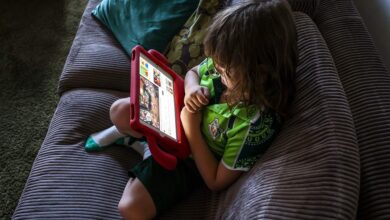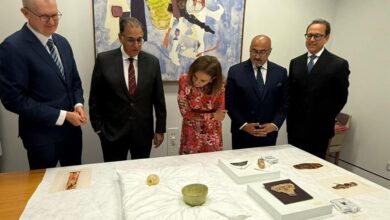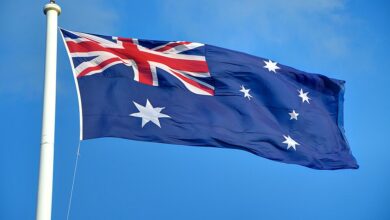A Melbourne teenager says his legs were covered in blood after they were eaten by tiny marine creatures at a Victorian beach, according to British news agency the Guardian.
When Sam Kanizay, 16, felt sore after football on Saturday, he decided to soak his legs at Dendy Street beach in Brighton. Half an hour later, he walked out covered in what his family said were tiny marine creatures eating his legs.
“When he got out, he described having sand on his legs, so he went back in the water,” his father, Jarrod Kanizay, said. “He went back to his shoes and what he found was blood on his legs. They ate through Sam’s skin and made it bleed profusely.”
University of New South Wales marine invertebrates expert, Alistair Poore, said he had never seen a case like it. Poore told Guardian Australia the biting must have been caused by a marine invertebrate, most likely sea lice. But he said a large number of sea lice would be needed to cause such extensive bleeding.
“What is really clear is these little things really love meat,” Jarrod Kanizay said in his video showing the bugs in a tray of water devouring chunks of meat. (via the Guardian)
“If it is sea lice, then it is a pretty dramatic example of it,” Poore said.
He said often beachgoers mistook stinging from the remnants of jellyfish tentacles with bites. But Poore said the bleeding in this case appeared too severe for that scenario.
Australians tend to roll their eyes when the world obsesses about the country’s dangerous animal kingdom, including its deadly snakes (the deadliest in the world), its tiny and toxic redback spiders, and of course the jellyfish that cause heart attacks. However, even the most jaded Aussies found themselves gawking over the mysterious incident.
Kanizay couldn’t stop the bleeding and they went to hospital, where staff were at a loss to explain what had happened.
“As soon as we wiped them [his legs] down, they kept bleeding,” he said.
“There was a massive pool of blood on the floor [at the hospital]. No one knows what the creatures are. They’ve called a number of people, whether it’s toxicity experts or marine experts and other medics around Melbourne at least… and yep, no one [knows].”
The next night, Kanizay went back to the beach with a pool net full of meat and captured the creatures he said were responsible.
Although a similar sea lice attack on another teenage boy was reported at a nearby beach in 2015, Poore said sea lice lived all over the world: “It’s not an Australian thing.”
“It’s a fascinating story to show that the animals are out in urban areas, we don’t live totally separated from nature,” said Poore. “Just like there are mosquitoes and leeches on land that will bite humans, the same happens in the ocean.”




